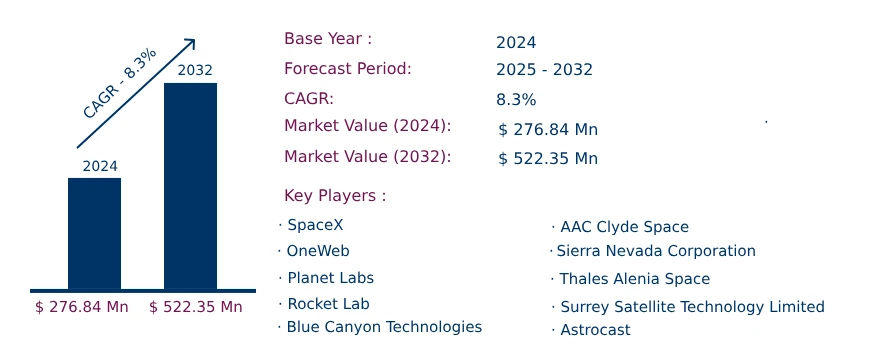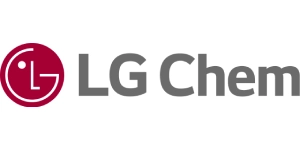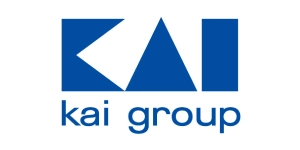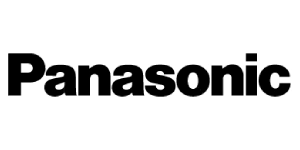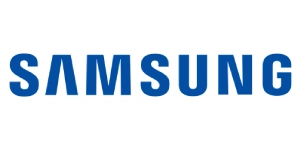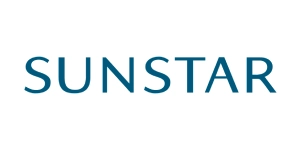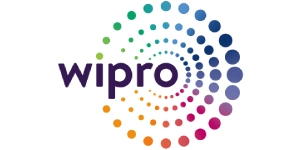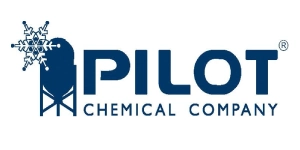Global Low-Cost Satellite Market to Reach USD 522.35 Million by 2032 | CAGR of 8.3%
Category : Aerospace and Defence | Published Date : Jan 2025 | Type : Press Release
Low-Cost Satellite Market Scope & Overview:
As per the Consegic Business Intelligence newly published report, the Low-Cost Satellite Market , valued at USD 276.84 million in 2024, is projected to grow at a CAGR of 8.3%, reaching USD 522.35 million by 2032. Low-cost satellites, characterized by compact designs and affordability, are deployed for applications including Earth observation, communication, navigation, and scientific research. These systems utilize miniaturized and modular technologies, enabling high performance with reduced operational costs. With compatibility for smaller launch vehicles, low-cost satellites facilitate rapid deployment and accessibility for diverse organizations such as startups, academic institutions, and emerging space agencies.
The report comprises the Low-Cost Satellite Market Share, Size & Industry Analysis, based on Satellite Type (Nano Satellites, Micro Satellites, Mini Satellites, CubeSats, Others), Application (Communication, Earth Observation, Navigation, Scientific Research, Remote Sensing, Others), End-Use (Commercial, Government), and Region (North America, Europe, Asia-Pacific, Middle East & Africa, Latin America), and Forecast, 2025-2032.
The report contains detailed information on Low-Cost Satellite Market Trends, Opportunities, Value, Growth Rate, Segmentation, Geographical Coverage, Company Profiles, In-depth Expert Analysis, Revenue Forecast, Competitive Landscape, Growth Factors, Restraints or Challenges, Environment & Regulatory Landscape, PESTLE Analysis, PORTER Analysis, Key Technology Landscape, Value Chain Analysis, and Cost Analysis.
Segmental Analysis :
Based on satellite type, the market is segmented into Nano Satellites, Micro Satellites, Mini Satellites, CubeSats, and Others.
- The nano satellites segment dominated the market in 2024, holding 31.3% of the total revenue share. Nano satellites are widely used for Earth observation, communication, and experimental missions due to their cost-efficiency and adaptability.
- The CubeSats segment is projected to register the fastest CAGR, driven by their modular design, affordability, and increasing adoption in scientific research and space exploration.
Based on application, the market is segmented into Communication, Earth Observation, Navigation, Scientific Research, Remote Sensing, and Others.
- The communication segment accounted for the largest share in 2024, driven by the growing deployment of satellites for global broadband networks, rural connectivity, and IoT applications.
- The Earth observation segment is expected to grow at the fastest CAGR, supported by advancements in imaging technologies and increasing demand for real-time environmental data.
Based on end-use, the market is segmented into Commercial and Government.
- The government segment held the largest revenue share in 2024, driven by national initiatives for space exploration and disaster management.
- The commercial segment is projected to grow at the fastest rate, fueled by rising investments in private satellite constellations and the adoption of satellite-based solutions for IoT and global connectivity.
Based on regions, the market is segmented into North America, Europe, Asia-Pacific, Middle East & Africa, and Latin America.
- Asia-Pacific: Valued at USD 81.53 million in 2024, this region is projected to grow significantly, reaching USD 159.05 million by 2032. China accounted for 37.1% of the regional revenue share, driven by advancements in digital infrastructure and industrial applications.
- North America: Expected to reach USD 169.29 million by 2032, supported by robust private space enterprises and early adoption of advanced technologies for communication and Earth observation.
| Report Attributes | Report Details |
| Study Timeline | 2019-2032 |
| Market Size in 2032 | USD 522.35 Million |
| CAGR (2025-2032) | 8.3% |
| Satellite Type | Nano Satellites, Micro Satellites, Mini Satellites, CubeSats, Others |
| Application | Communication, Earth Observation, Navigation, Scientific Research, Remote Sensing, Others |
| End-Use | Commercial, Government |
| By Region | North America(U.S., Canada, Mexico) Europe(U.K., Germany, France, Spain, Italy, Russia, Benelux, Rest of Europe) APAC(China, South Korea, Japan, India, Australia, ASEAN, Rest of Asia-Pacific) Middle East & Africa(GCC, Turkey, South Africa, Rest of MEA) LATAM(Brazil, Argentina, Chile, Rest of LATAM) |
Top Key Players & Competitive Landscape :
The competitive landscape encompasses major innovators, aftermarket service providers, industry giants, and niche players, all of which are thoroughly examined by Consegic Business Intelligence in terms of their strengths, weaknesses, and value-addition potential. This report includes detailed profiles of key players, market share analysis, mergers and acquisitions, resulting market fragmentation, and emerging partnership trends and dynamics.
List of prominent players in the Low-Cost Satellite Industry:
- SpaceX (United States)
- OneWeb (United Kingdom)
- Planet Labs (United States)
- Rocket Lab (United States)
- Blue Canyon Technologies (United States)
- AAC Clyde Space (Sweden)
- Sierra Nevada Corporation (United States)
- Thales Alenia Space (France)
- Surrey Satellite Technology Limited (SSTL) (United Kingdom)
- Astrocast (Switzerland)
Recent Industry Developments :
- September 2023: SpinLaunch partnered with Sumitomo Corporation to advance sustainable, low-cost space solutions using electric-powered mass accelerators. This collaboration aims to enhance satellite launches while reducing emissions and fuel consumption.
